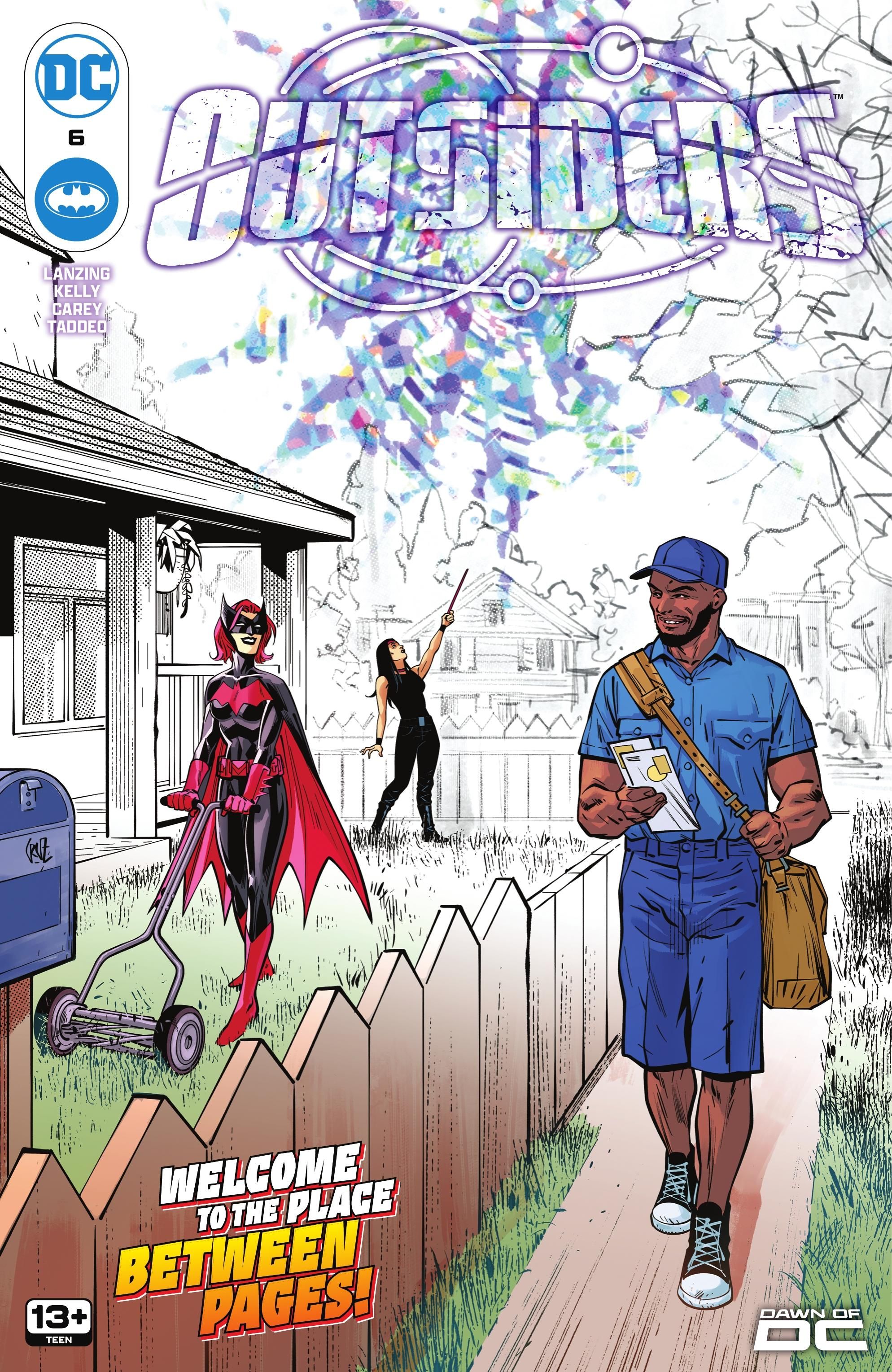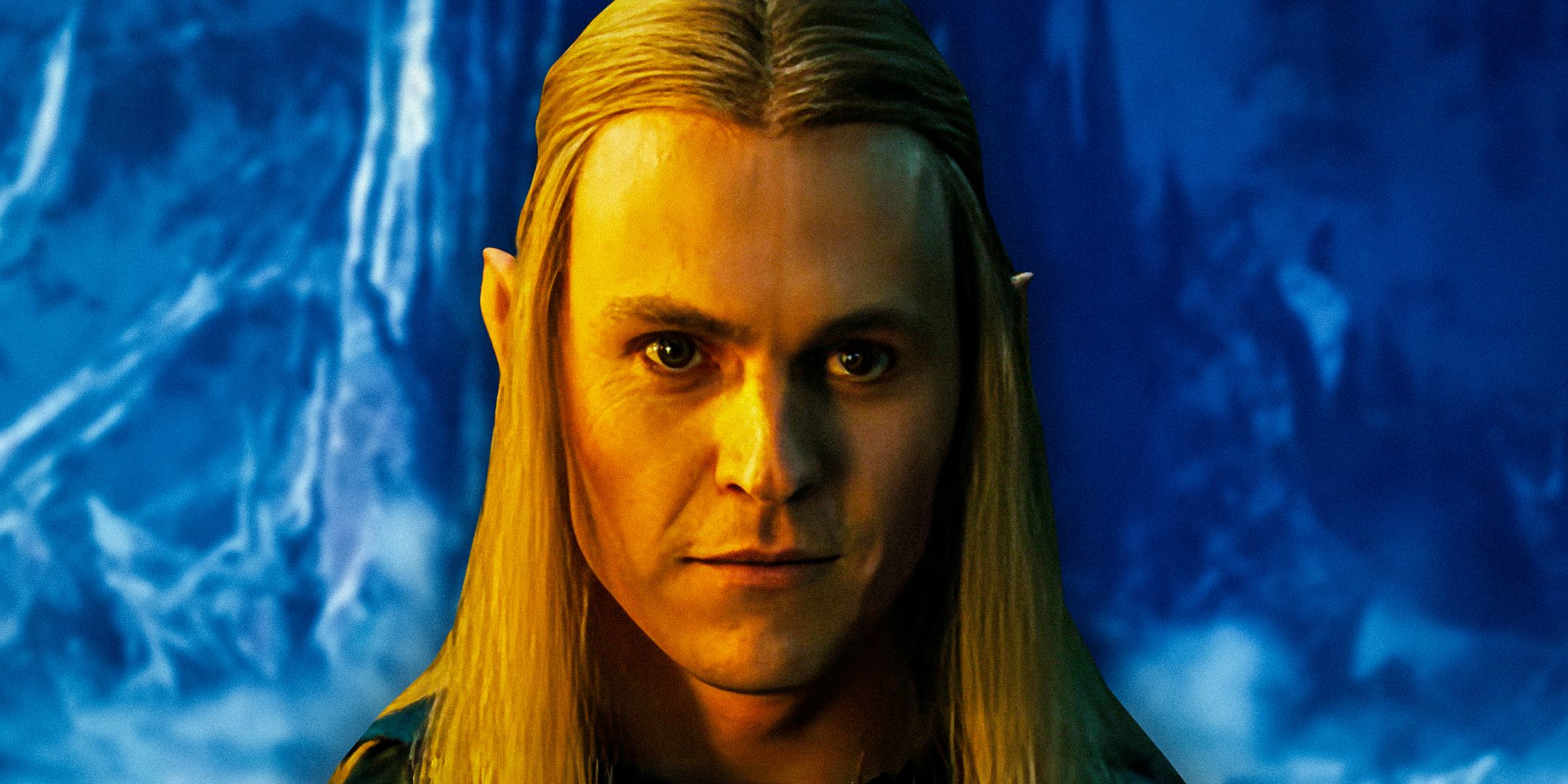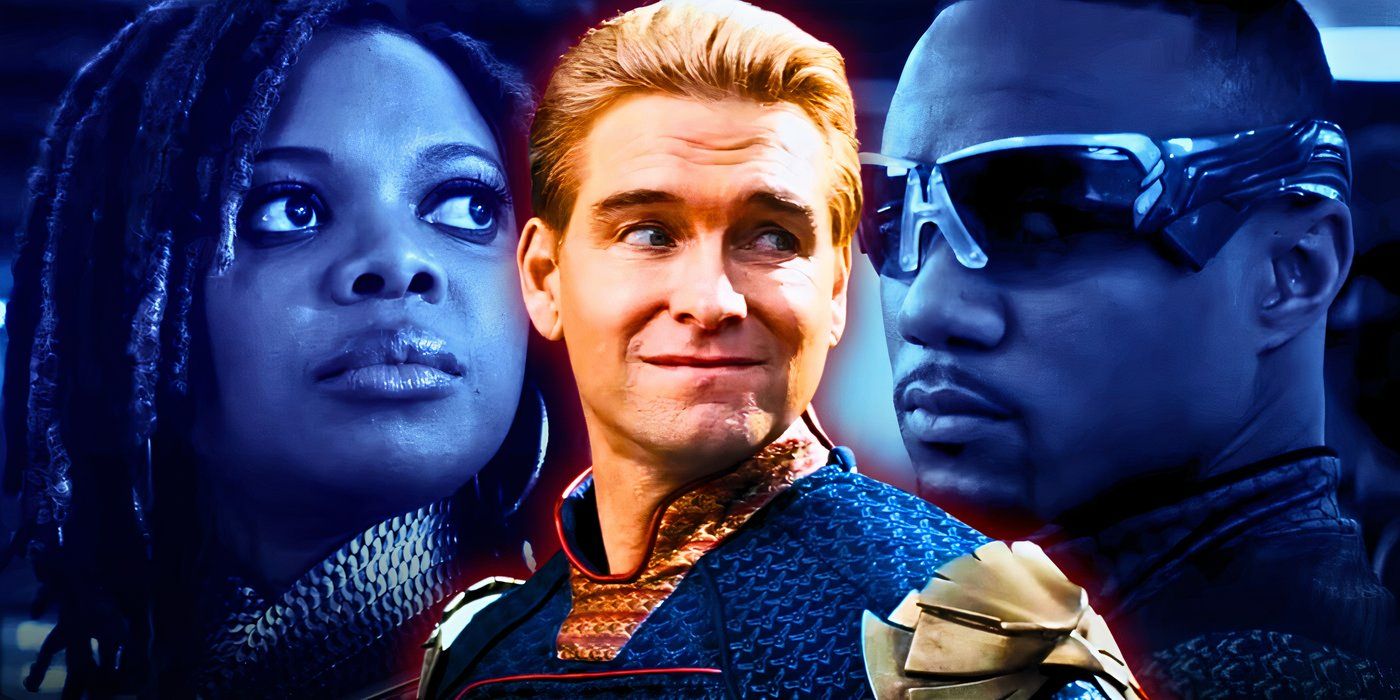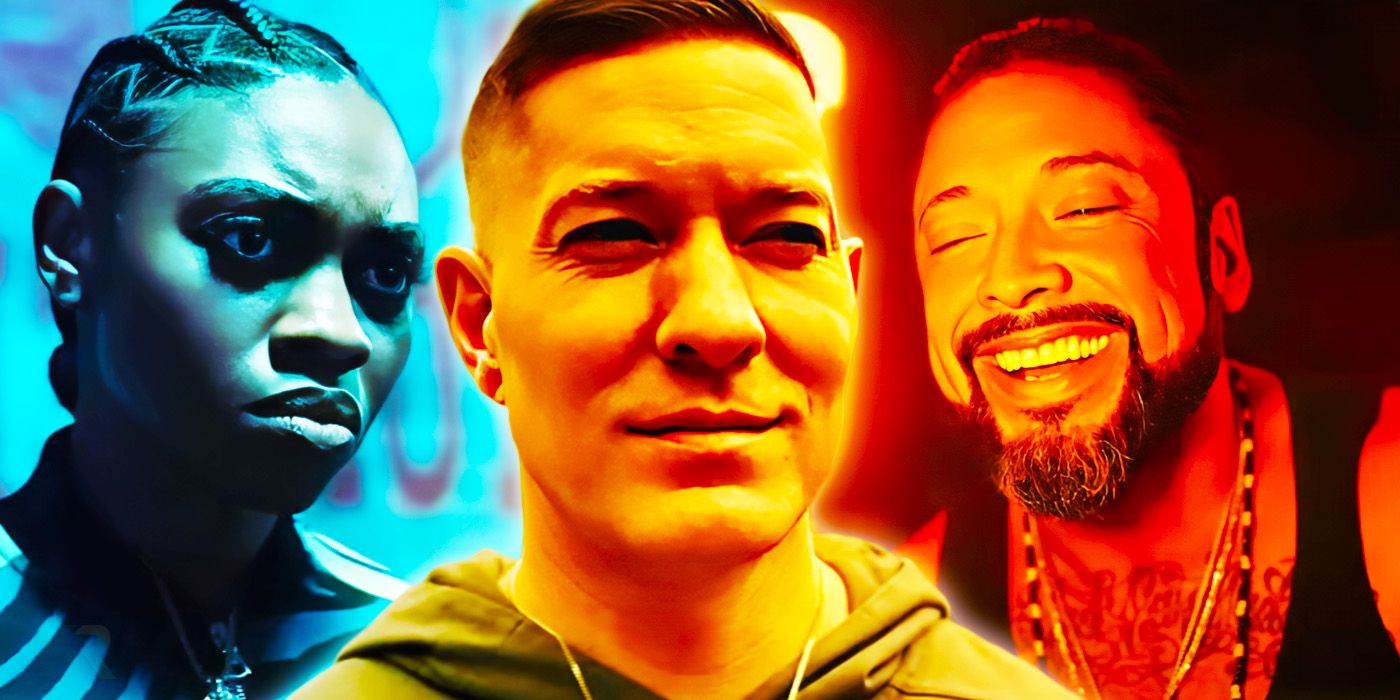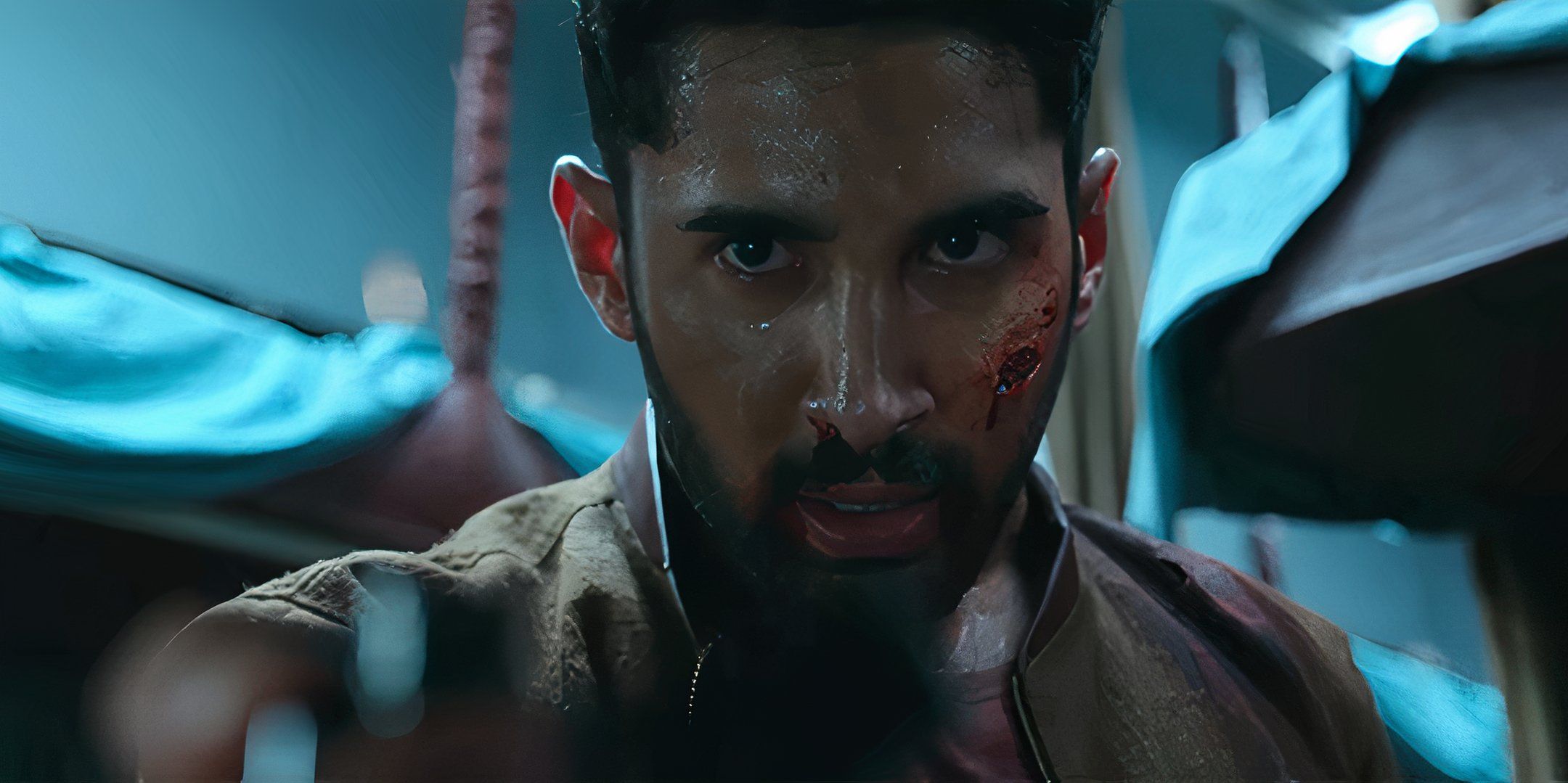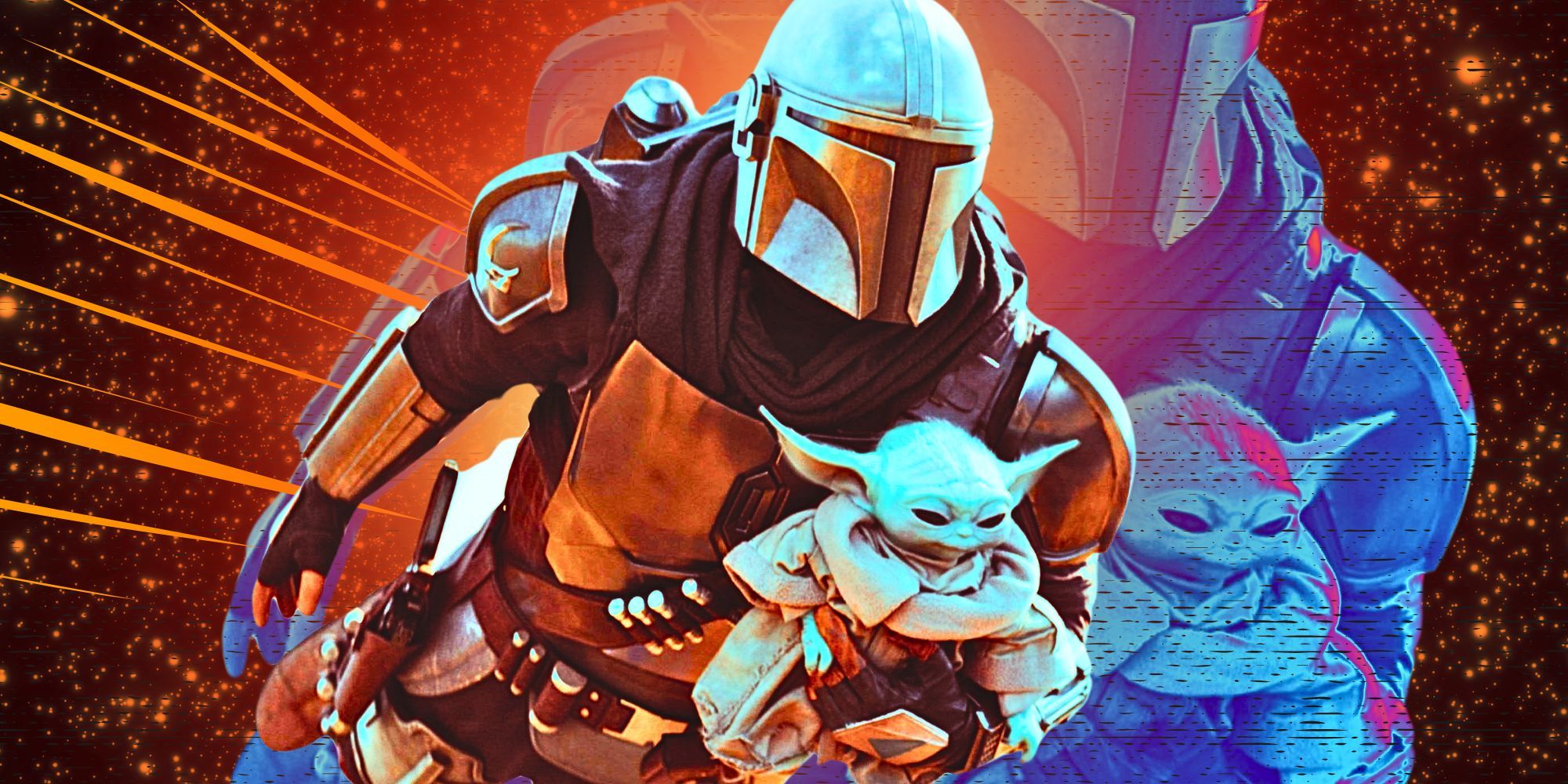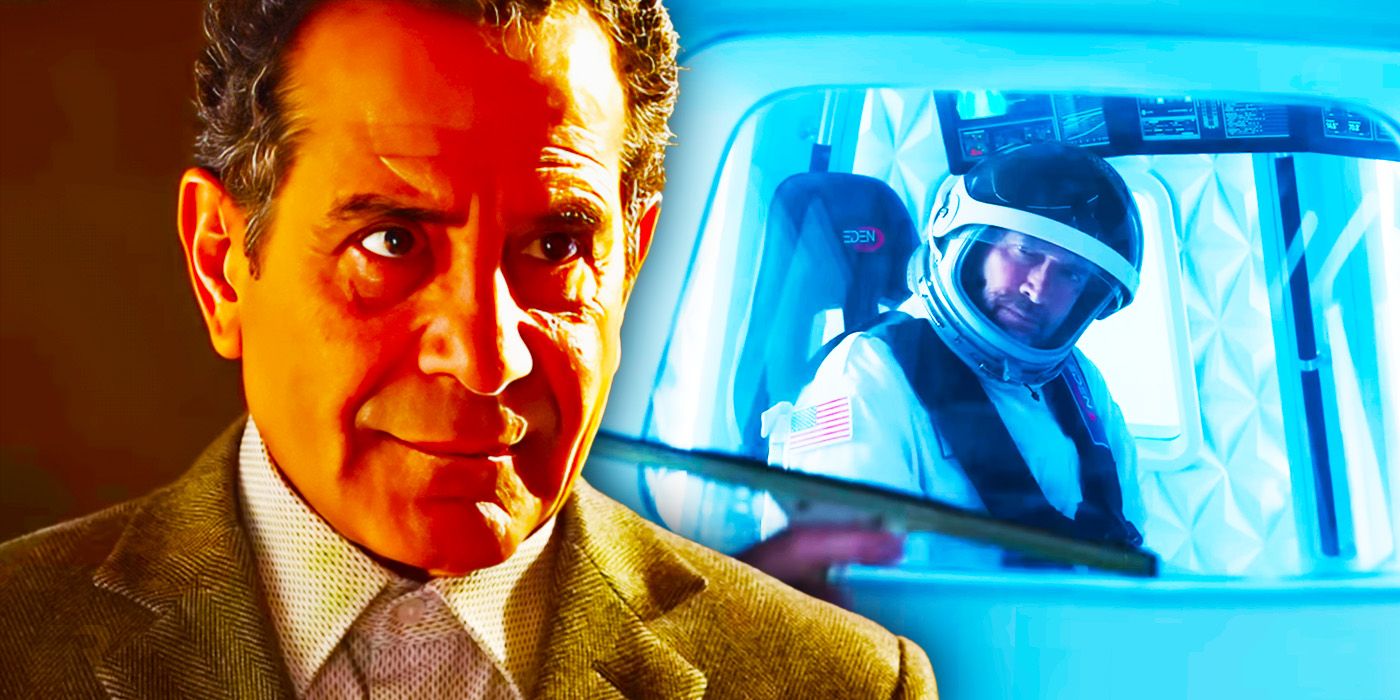Warning: contains spoilers for Outsiders #6!
When a fictional entity has existed as long as the DC Universe, certain characters inevitably slip through the cracks, and now the publisher is acknowledging these “lost” characters with a disturbing fourth wall break. In Outsiders #6, the team finds themselves in a mysterious realm outside of time and space. There, the Outsiders encounter several obscure characters who are no longer in continuity.
Outsiders #6 is written by Jackson Lanzing and Collin Kelly and drawn by Robert Carey. While conducting an experiment, the Outsiders travel to another dimension, one closely resembling a stereotypical American small town. Entering a diner, they meet a man named Carson, who asks if they are there due to “Crisis or cancelation?”
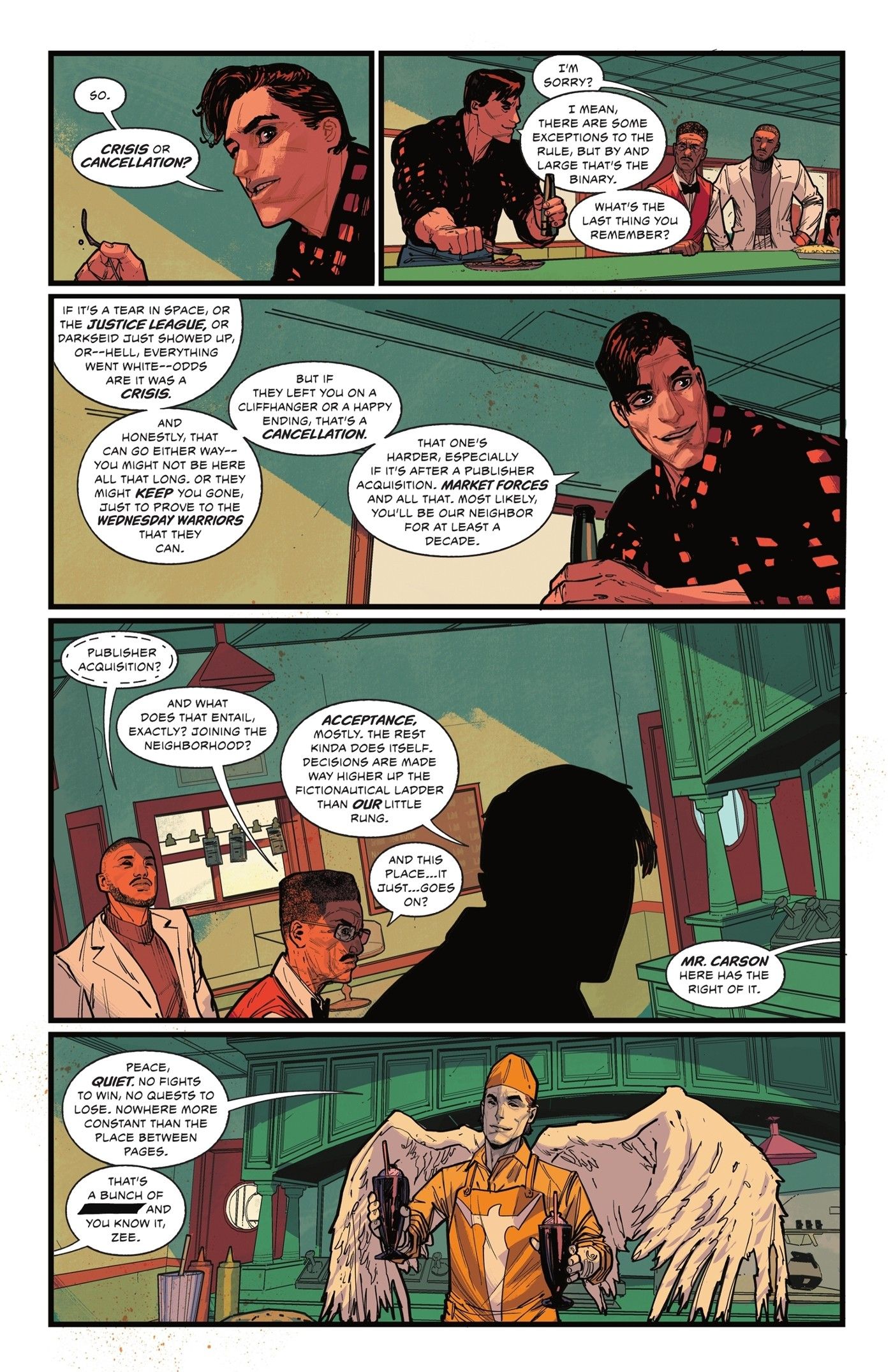
Next, the angel Zauriel serves them malts, calling them the “recently erased.” Zauriel puts a positive spin on the place, but another patron likens it to a prison.
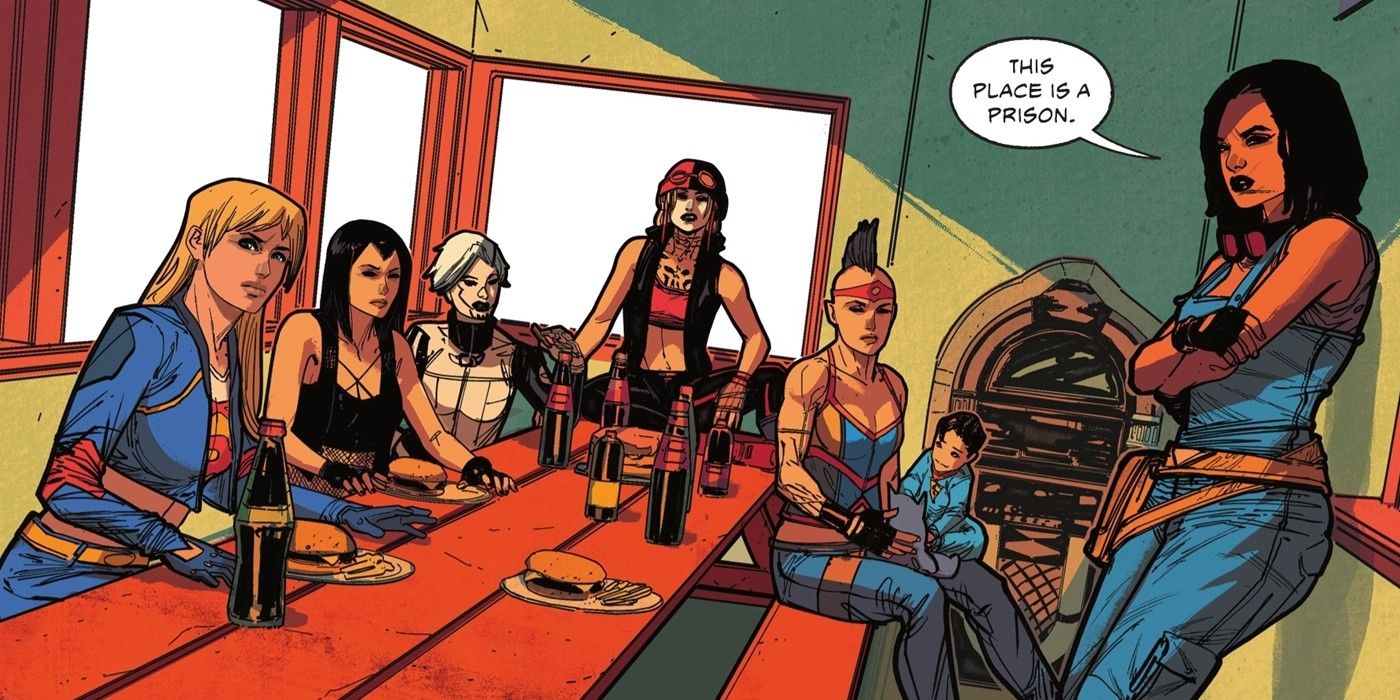
Carson informs the Outsiders, regardless of how they got there, they might be trapped for a decade.
The DC Universe Has Been Born…And Reborn…And Reborn
DC Has Invented Various Ways of Explaining Their Complicated Continuity
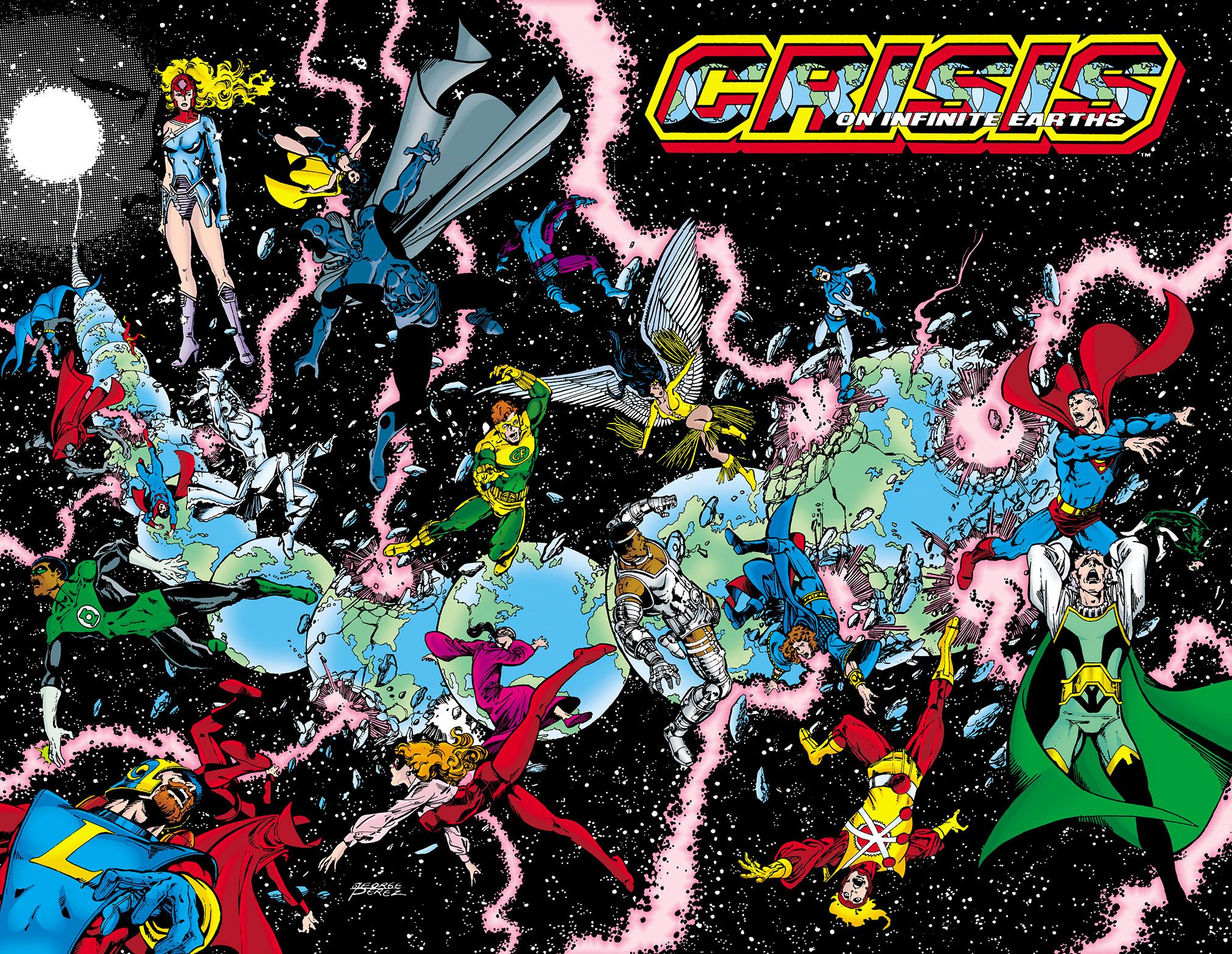
The new realm introduced in the Outsiders #6, “the Place Between Pages,” is the next in a string of meta-textual devices used to explain the mechanics of comic book continuity. The DC Universe’s continuity is dense, and can take some effort to unpack, due its very nature. The DC Universe fans know and love can be likened to a “patchwork quilt.” Over the years, DC acquired the rights to characters from Fawcett Publications, Quality Comics, Charlton and Wildstorm. These characters were then incorporated into the modern DC Universe.
In addition to the various publishers DC has absorbed into itself, its universe also consists of diverse types of characters across a variety of genres. That is, western-themed characters such as Jonah Hex or Bat Lash exist in the same universe as Adam Strange. Horror and supernatural characters such as the Phantom Stranger can rub elbows with Superman or Wonder Woman. There are characters who also simply defy categorization. While this may appear confusing to some, it also demonstrates the DC Universe’s far-reaching nature. When this is taken into consideration, the DC Universe holds together in a largely coherent fashion.
Crisis Events Have Shaped the DC Universe
Worlds Live and Worlds Die in These Epic Crisis Events
Central to the DC Universe’s structure are “Crisis events,” which Carson in Outsiders #6 alludes to when he asks the team how they got there. Crisis events are always epic in nature, with the fate of existence itself on the line every time. Also, central to DC’s continuity is its multiverse. One of the first to appear in pop culture, DC’s multiverse is rich and varied. As the publisher acquired new characters from other publishers, they were assigned to a world in the multiverse. For example, Uncle Sam and the Freedom Fighters, from Quality Comics, were placed on Earth-X.
More often than not, the multiverse is threatened during these Crisis events. Some, such as Crisis on Infinite Earths, destroyed the multiverse, while others, such as Infinite Crisis (and its follow-up 52) re-established it. Other Crisis events, such as Flashpoint or Zero Hour, further refined DC’s multiverse. In keeping with the grand scope of Crisis events, some characters are killed, others get a new status quo, and as mentioned in Outsiders #6, some get erased from the universe all together. They then end up in the mysterious realm seen in this issue.
Carson, who appeared in the New 52-era title The War That Time Forgot, explains there are two ways to land in the Place Between Pages. The first was through a Crisis event, and the other by having a title canceled. Ironically, arriving via a Crisis event can work out for a character. They can sometimes, but not always, return quickly. Some characters, however, do not make it out and instead languish in the Place Between Pages. Cancelation, particularly when it comes with a happy ending, can make it even harder to revive a character.
Carson’s speech about Crisis or cancelation is meta-textual, referring to the whims of fans and creators. Carson implicates higher powers at work in the Place Between Pages. These powers decide who gets to leave and who gets to stay. Carson makes it clear the people in the Place Between Pages have no say in their fate. Zauriel, ever the optimist, has made peace with being stuck there, but others have not. Regardless, Carson and Zauriel are not in charge of their destinies, and are at the mercy of forces beyond them, such as “market factors” and “publisher acquisitions.”
While Zauriel may have resigned himself to his fate, others in the Place Between Pages have not. After Carson’s speech, fans meet a gaggle of characters, including variants of Supergirl and Harley Quinn. These characters, who have been erased from existence, have a far more negative opinion of the place. In essence, the Place Between the Pages functions as a “limbo,” where forgotten characters such as Zauriel can continue to exist, hopefully waiting for someone to revive them. The struggles of Carson and the others to escape takes on serious existential overtones.
DC Has Been to the Place Between Pages Before…Sort Of
Grant Morrison’s Animal Man Run Set It Up Perfectly
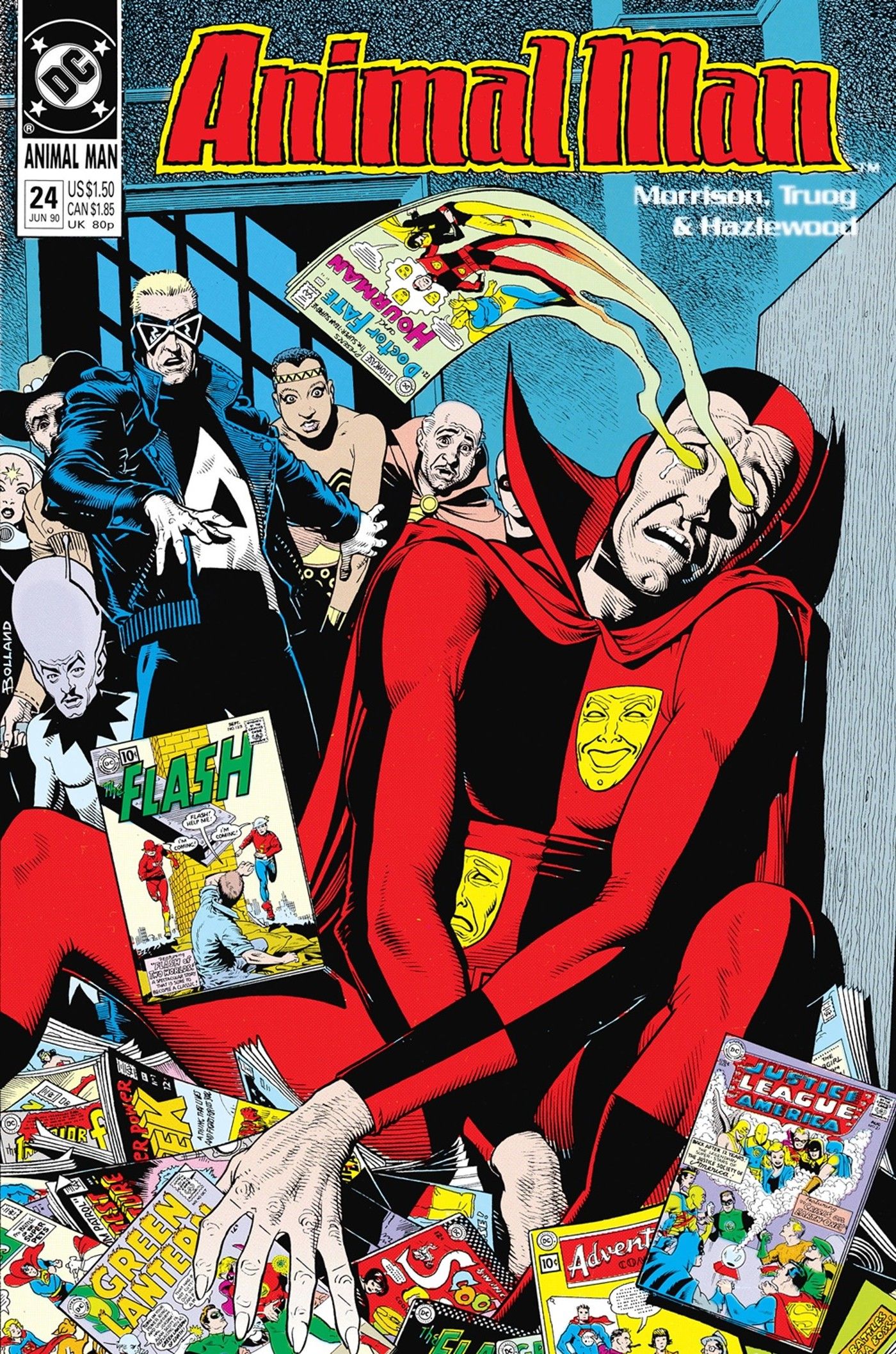
The Place Between the Pages has precedence in DC history. A few years after the Crisis on Infinite Earths, Grant Morrison launched Animal Man. In that book, Morrison and their collaborators explored many of the same meta-textual themes that Lanzing, Kelly and Carey employ in Outsiders #6. As Morrison’s Animal Man progressed, the titular hero became aware of the true nature of reality. Animal Man learned of the Crisis and how it impacted the DC Universe. At the end of the run, Animal Man shattered the fourth wall, meeting Morrison.
During Animal Man’s journey, he traveled to Arkham Asylum to meet the Psycho Pirate. The Psycho Pirate was, at the time, the only character to remember the Crisis and the multiverse that came before. During Animal Man’s visit, the Psycho Pirate loses control of his powers. This caused certain pre-Crisis characters to appear, albeit as hallucinations. Along the way to meeting Morrison, Animal Man left the reality of comic books. Before he did, he met other characters whose existence had been erased by the Crisis, such as The Inferior Five and the Crime Syndicate of America.
The Place Between Pages is a modern take on themes Morrison introduced in Animal Man. Both stories traffic in metafiction, and slyly call out the mechanics of comic book continuity. Both also feature characters that fans have not seen in years. Yet The Place Between Pages is far more pessimistic than Morrison’s vision. While characters in both stories are at the mercy of faceless forces, Morrison took a more neutral approach, whereas Outsiders #6 takes a far more negative view. DC has broken the fourth wall many times before, but this latest effort is their most disturbing yet.
Outsiders #6 is on sale now from DC Comics!
Outsiders #6 (2024) | |
|---|---|
|
|
